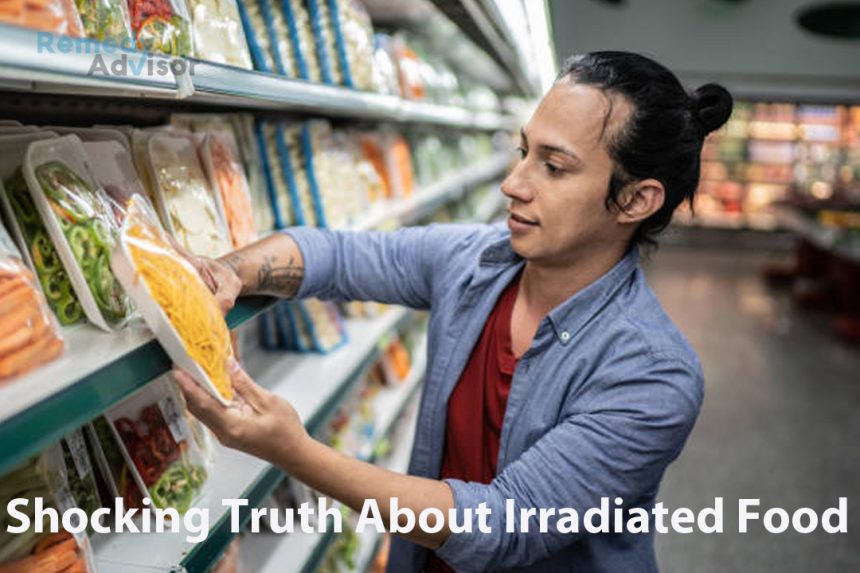Irradiation has been used for a long time to kill insects and other pests that might have gotten into non-organic vegetables and meats while they were being shipped. Many different kinds of food, from apples to zucchini, go through this process. Some people may think it’s a good idea to irradiate food to kill bacteria and bugs, but the truth is more complicated.
Food needs to be exposed to very high levels of radiation to kill all of these unwanted organisms and make it last longer. In the 1960s, wheat and white potatoes were the first things to be irradiated in the United States. Since then, the FDA has given irradiation approval to an increasing number of foods, such as spices, seasonings, pork, fresh fruit, dried and dehydrated foods, poultry, and red meat.
Irradiation can hurt chromosomes, according to studies. In Hyderabad, India, children were fed fresh irradiated wheat for six weeks as part of a study by the National Institute of Nutrition at the Council of Medical Research. These children had damaged chromosomes, but those who ate the same food without being irradiated did not. When the children stopped eating the irradiated food, their condition slowly got better.
Irradiation can damage chromosomes and can also get rid of important nutrients. Irradiation can destroy vitamins and minerals like vitamin A, thiamine, vitamins B2, B3, B6, and B12, folic acid, and vitamins C, E, and K. The amount of amino acids and essential fatty acids may also be affected, with 20–80% of these nutrients usually being lost. Also, irradiation kills bacteria and enzymes that are good for you. This makes the food useless to the body and goes against the idea of eating “living foods.” This process can also make harmful byproducts like free radicals, which are toxins that can damage cells, and harmful chemicals like formaldehyde and benzene.
Irradiation is not the answer to illnesses that come from food. Instead, it’s important to get to the bottom of the problem by reducing the overuse of pesticides, switching to sustainable organic farming methods, moving animals from overcrowded factory farm lots to more humane and clean conditions, and making food processing plants cleaner.
Foods that have been irradiated must be marked with a special symbol in the United States, so people can avoid them if they want to. Since 1986, all products that have been irradiated must have a symbol called a “radura,” which is a flower inside a circle. But it’s important to remember that this symbol looks a lot like the logo for the Environmental Protection Agency, so it’s important to check twice before buying. If you see the radura symbol and are worried, you should talk to the manager of the grocery store and let them know.
When eating out at a restaurant, it can be hard to tell if the food has been irradiated because the restaurant is not required to tell customers this. You can ask the server or manager, but they might not know. Some restaurants won’t serve food that has been irradiated, while others do it all the time.







